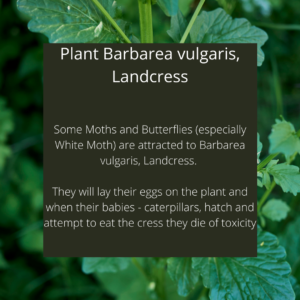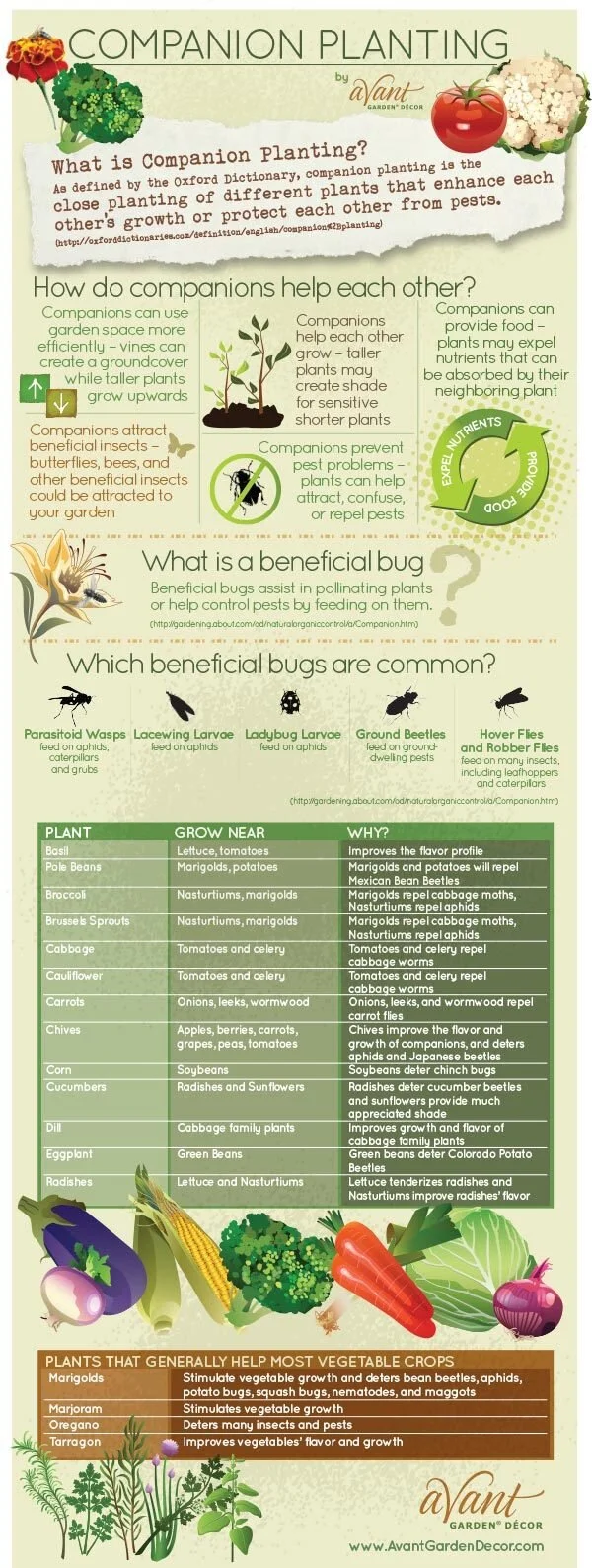Companion planting is all about plant diversity - putting together crops that enjoy each other's company and require the same light, soil, water conditions and insect deterrents. In our climate however, I don't think companion planting is highly successful in regards to deterring insects. Instead, it's about planting plants that are either sacrificial plants, end trap plants or plants that attract good bugs to eat all the bad ones. Companion planting is also about planting crops together to help each other along, give out nutrients to each other. One plant can release certain nutrients while the neighbour plant absorbs them—and vice versa. This give-and-take process can significantly enhance your plants’ health and create a more harmonious garden as well. A great example of this is the Three Sisters.
Sacrificial Crops
Sacrificial crops, or trap crops, are grown around or amongst crops. Their purpose is to attract the attention of significant pests away from the primary crop. Certain pests prefer the taste of the sacrificial crop, so they leave the crop we like alone.
The sacrificial crop will also, hopefully, reduce the need to spot spray pests.
In the past, people believed sacrificial crops to be more of a breeding grounds for pests, as pest numbers can be quite significant amongst the sacrificial crop. Large numbers of pests also attract bio controls, like parasitoid wasps. Biological control is a method of controlling such pests using other living organisms, which also limits any need to spray even organic insecticides. Organic farmers find that when pest populations peak, so do the bio control insects.
End Trap Plants
End Trap Plants are crops that you plant in your garden to attract certain moths and butterflies. The moths and butterflies lay their eggs on these plants, instead of on the ones you actually like. Once the caterpillars hatch, they take a bite out of the leaves and ultimately then die of toxicity. On Gardening Australia, Jerry Coleby-Williams spoke about an end-trap plant that will help save your cabbages from white moth. He recommended we plant Barbarea vulgaris amongst our cabbages. During the cooler months we have this plant in stock and we usually always have them in our Eden Seeds Packs.
Beneficial Insects
Beneficial insects are any insects that perform a valued service, such as pollination or pest control. We need to plant more plants that flower, so that we can attract these beneficial insects to eat all the pests ones. The beneficial insects are usually attracted to the pollen or nectar on small flowers. Sometimes, we don't even need to plant more plants. For example, just allowing your herbs or lettuce go to flower once in a while is enough to attract beneficial insects to your garden.
We also now stock Eden Seeds' Beneficial Insect Seed Mix. It is a colourful mix of flowers and herbs, annuals and perennials used to attract insects like lace wings, lady bugs, hoverflies, wasps and bees. It is also a fantastic mix that helps promote natural biodiversity in your garden.
Companion planting is more than just planting some marigolds around your vegetables but marigolds are all you have, they are a great place to start!
Gardening is a Discovery! Always remember that just because it worked for Susan doesn’t mean it will work for you. Susan’s soil and micro climate may be entirely different to yours.
I love this pictogram from Avant Garden that shows some great benefits of companion planting
We can't always think 'if we can't eat it, we can't grow it!'




